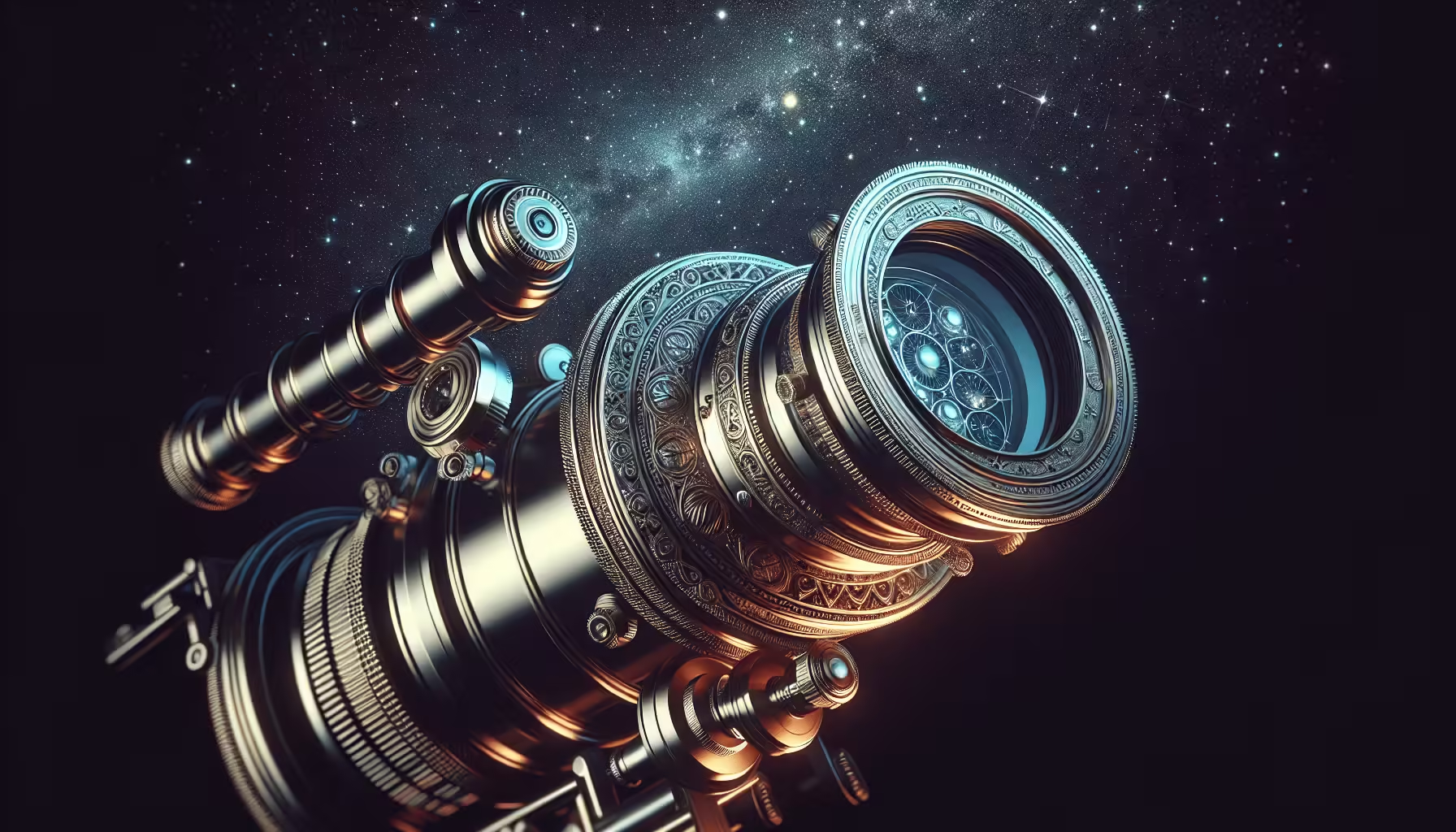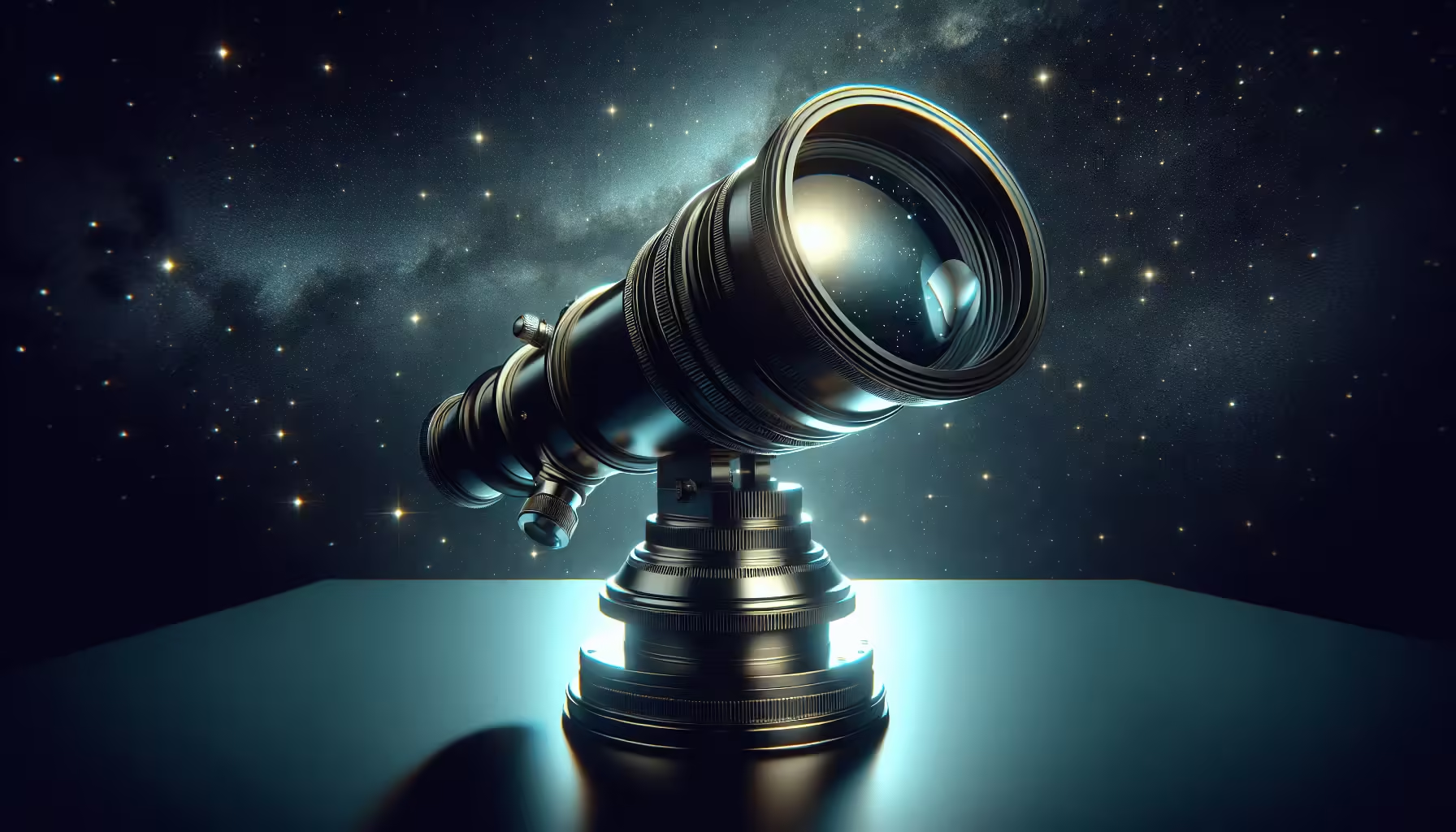Caring for and Maintaining Your Telescope
Have you ever gazed at the night sky and wondered if there was a way to bring those twinkling celestial wonders a little closer? With the right telescope, you can. But just like any investment, a telescope requires regular care and maintenance to ensure it delivers the best stargazing experience possible. Much like how a delicious piece of cake depends on more than just flour, sugar, and eggs, keeping your telescope peek-worthy requires more than just dusting it off now and then.

This image is property of images.unsplash.com.
Table of Contents
The Telescope: An Overview
Telescopes are an essential tool for astronomers—both amateur and professional—allowing you to explore distant galaxies, peer into star clusters, and perhaps even spot Saturn’s rings. Owning a telescope opens a portal to infinite cosmic wonders. However, the key to prolonged enjoyment lies in meticulous maintenance and understanding its mechanisms.
History of Telescopes
Telescopes have been stargazers’ trusty companions for over 400 years. They originated in the early 17th century, with pioneers like Galileo Galilei and Sir Isaac Newton revolutionizing our view of the universe. The modest refracting telescope Galileo crafted has evolved by leaps and bounds into sophisticated modern marvels equipped with advanced optics. These historical strides have carried the torch of discovery across millennia, landing into our hands with a promise of breathtaking cosmic vistas.
Current Trends in Telescopes
Today, telescopes have become more accessible and technological marvels in their own right. An emerging trend is the integration of smart technology, enabling telescopes to align autonomously with the night sky. Think of them like a trusty, albeit geekier, robotic advisor whispering cosmic secrets into your ear. With innovations like these, maintaining a telescope isn’t just for astronomers donning white lab coats. The accessibility and usability of these instruments have broadened significantly.
Key Aspects of Telescope Maintenance
Maintaining your telescope entails more than keeping it shiny. Each part needs attention; from the lens cap to the mounting hardware, all play a vital role in ensuring optimal performance.
Cleaning the Optics
The optics of a telescope, including lenses or mirrors, are its most critical components. Always use a blower to gently remove dust and debris without scratching the surface. If smudges and films are an issue, consider a lens cleaning solution and soft cloth, much like the care you’d give your eyeglasses—but with a ton more diligence. Remember, less is more when it comes to cleaning frequency.
Alignment and Collimation
You may have heard the term collimation thrown around in stargazing circles. It’s just a fancy way of saying the telescope’s optical elements need alignment. Collimating regularly ensures your telescope gives you crisp, clear images. Practice makes perfect, and a pristine alignment often makes the difference between a blurry blob and a sparkling star cluster.
Protective Storage
Store your telescope in a dry environment, avoiding humidity like a cat avoids water. A protective case can be a lifesaver; it not only wards off dust but also shields your precious instrument from accidental bumps and knocks. Consider your storage method a cozy little cocoon for your telescope.

This image is property of images.unsplash.com.
Setting Up Your Telescope
Before addressing maintenance, understanding how to set up a telescope is crucial. The setup lays the foundation for both enjoyment and upkeep.
Choosing the Right Location
Finding the right spot involves minimizing light pollution and ensuring stable ground. Urban astronomers might feel compelled to travel to escape city lights, while suburban stargazers should seek locations away from streetlights. As with planning a first date, the right atmosphere makes all the difference.
Assembling Your Telescope
Follow the instructions meticulously—imagine them as precise directions on how to assemble a high-stakes gingerbread house. Each nut and bolt serve a purpose, and skipping steps or winging it might lead to inconvenient nights of troubleshooting under the stars instead of marveling at them.
Examples of Telescope Care and Success
Example 1: Personal Dedication
Consider the example of an enthusiastic amateur astronomer who routinely cleans and aligns her telescope. With time, patience, and dedication, her meticulous care practices have rewarded her with the astonishing sight of Jupiter’s moons and craters on the lunar surface.
Example 2: A Collective Effort
Astronomy clubs serve as another exemplary source of collective learning and care. Members often share maintenance tips, observing sessions, and sometimes equipment. The community ensures that knowledge—like a shared secret recipe—enhances each member’s cosmic pursuits.

This image is property of images.unsplash.com.
Comparisons of Different Care Approaches
| Aspect | DIY Enthusiast | Professional Assistance |
|---|---|---|
| Cost | Low | Higher |
| Expertise Required | Moderate to High | Minimal |
| Time | High | Low |
| Long-term Benefits | Potentially High with acquired skill | Guaranteed High |
The Impact of Proper Telescope Maintenance
Good maintenance does more than just produce pretty pictures—it preserves the device, ultimately boosting its longevity. Imagine owning a family heirloom telescope, passed down like a treasured recipe, delivering breathtaking views for generations. Neglected care, on the other hand, can lead to misalignment and optical damage, much like forgotten ingredients in your favorite dish leading to a culinary catastrophe.

Future Directions of Telescope Technology
Looking ahead, telescopes are set to become even more integrated with software solutions, streamlining maintenance and orientation. We might soon see telescopes capable of self-collimating or app-assisted celestial navigation, making setup and care a breeze. Imagine Siri or Alexa as your observatory partner, endearingly adjusting your view of the Orion Nebula.
Implications for Stargazing Enthusiasts
The evolution of telescope technology and maintenance means that the celestial realm becomes increasingly accessible. As DIY kits become more refined and automated alignment reduces manual efforts, those once hesitant to embark on this stargazing journey will be drawn to it more than ever. The blend of simplicity and precision transforms what feels like intricate wizardry into a recipe almost anyone can follow.

Concluding Thoughts
In summation, showing consistent care and mindful maintenance to your telescope is essential for preserving your window to the universe. By dedicating time to upkeep, you ensure that each night of stargazing remains a spectacular adventure. Remember to approach each component with attention akin to that of a skilled barista crafting the perfect espresso, balancing both expertise and passion.
So, whether you’re catching a glimpse of Saturn’s rings or getting that first awe-inspiring look at a distant galaxy, every moment spent caring for your telescope is a moment invested in exploration and discovery. What breathtaking sights has your telescope gifted to you lately?
